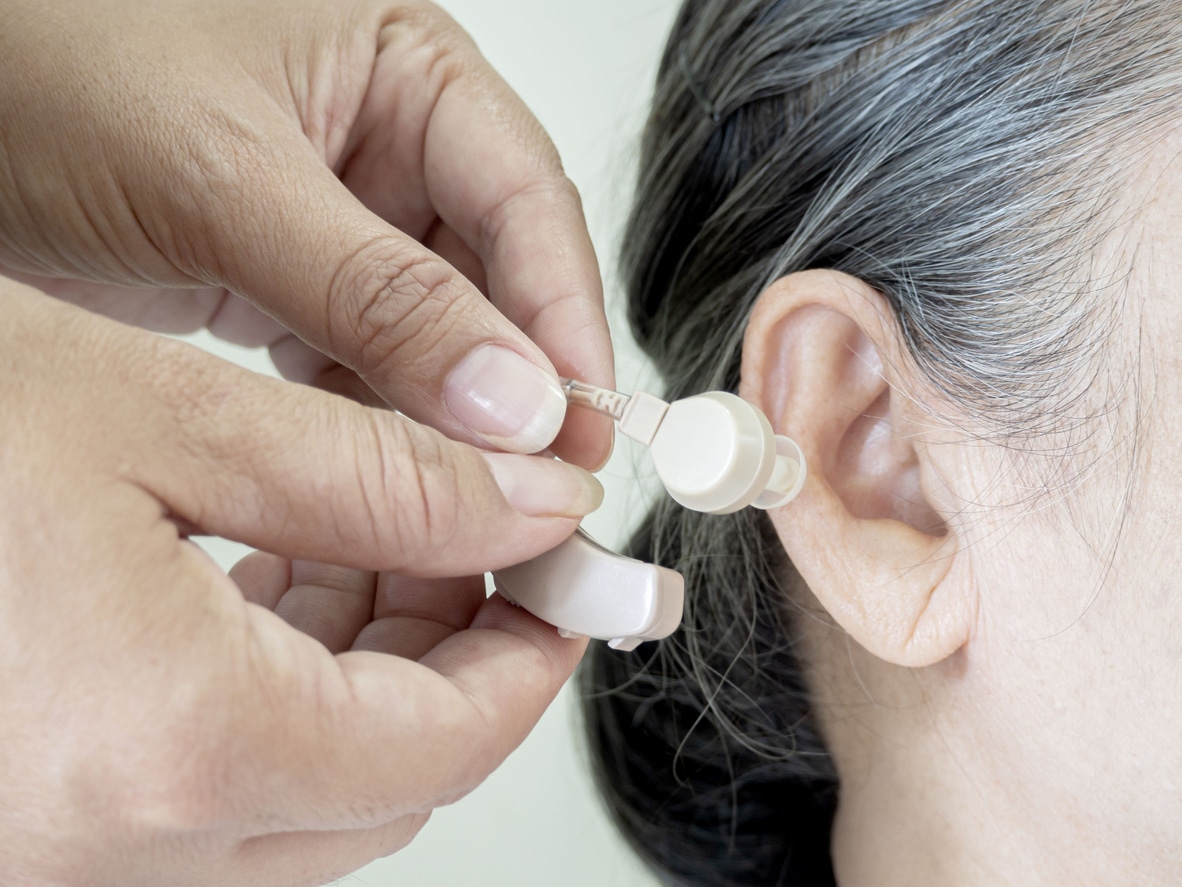Keeping your hearing aids clean isn’t optional if you want the best performance. If you’re a new hearing aid user, you might not realize how much the environment can impact your new hearing device. First, let’s explore some of the impacts of wear and tear on performance.
How Does Wear Impact Your Hearing Aid?

The impact of earwax and debris: Earwax is slightly acidic. With an average PH of 5.2–7.0 earwax is antibacterial and antifungal, while it might be good for the body, it isn’t great for electronics.
According to hearing aid manufacturer Signia, approximately 60–70% of all damaged hearing aids sent in for repair are clogged with earwax or degraded by organic materials. Earwax can block auditory components and even degrade internal wiring.
The impact of moisture: Moisture is a major source of damage for small electronics and can cause corrosion of delicate micro-electronic parts. A study in the Hearing Journal found that when drying kits weren’t used after moisture exposure, some hearing aids suffered a reduction of 4 to 6hz in their high-frequency response, even as soon as 6 months after fitting.
How Hearing Aid Cleaning Devices Can Help
Cleaning Brushes and Wire Wax Loops
Cleaning brushes help remove any debris and dirt on the outer shell of the hearing aid. You always want to make sure any internally exposed portions of the hearing aid are facing down toward the ground and that you are brushing in a way that prevents debris and dirt from entering those areas.
Wax loops are typically attached to a hearing aid cleaning brush, making them two-in-one tools. The wax loop is used to gently scrape wax out of recessed or difficult-to-reach spots on your hearing aids. Make sure NOT to use the pick around the microphone or receiver port.
Tube & Vent Cleaners
Tube and vent cleaners are small hand tools with a thin, flexible metal end point. That point is used to push and dislodge wax from inside BTE hearing aid earmolds and hearing aid tubes.
Hearing Aid Dryers
Dryers might be one of the most beneficial items on this list. Though they are not a standard part of a hearing aid kit, they are easy to use. Whether it’s a dryer kit or a hearing aid dehumidifier, you can place your hearing aid in the device at night to remove any moisture in your hearing aid that has accumulated over the day. You’ll know it’s working when you see that any wax on your device from the day before has dried out overnight.
Patients who used a moving warm-air drying system averaged a repair every 27.2 months, while patients who did not averaged a repair every 9.7 months.
The Hearing Journal
What If Your Hearing Aid Isn’t Performing Its Best?
If the performance of your hearing device has lessened over time, consider scheduling a professional hearing aid service with the specialists at San Diego Hearing Center to keep your devices in top condition.
Once they’re back in peak condition, regular maintenance of your hearing aids can help you maintain optimal performance and longevity. By understanding and utilizing the tools in your cleaning kit, you can prevent common issues and ensure clear sound quality.